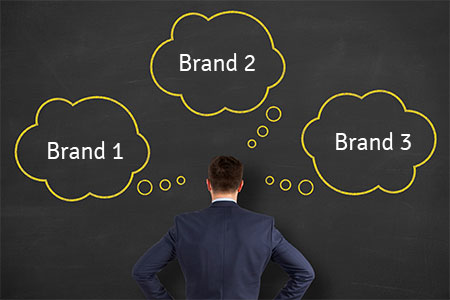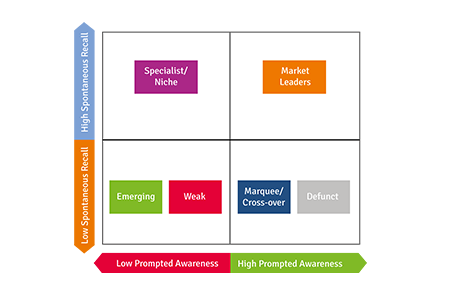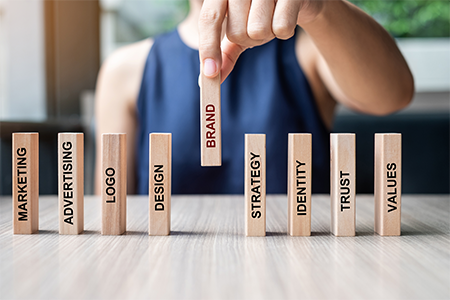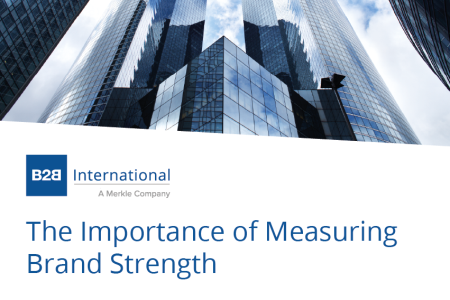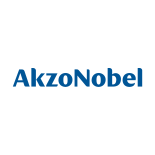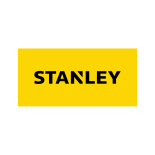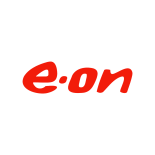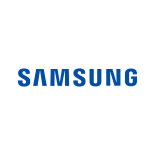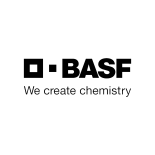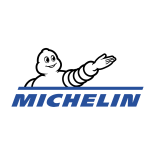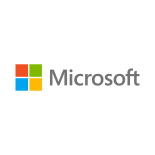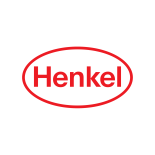Brand awareness research measures the extent to which customers, prospects and the general public are able to recognize and recall a brand.
It is the first step in engaging potential customers/clients and is often the most crucial. Measuring brand awareness, noting how readily the brand comes to mind and monitoring how this changes over time can be a very effective way of measuring the overall health of a brand. Although brand awareness research has been a mainstay of consumer marketing for generations, B2B marketers are increasingly discovering the value of monitoring this vital metric.

